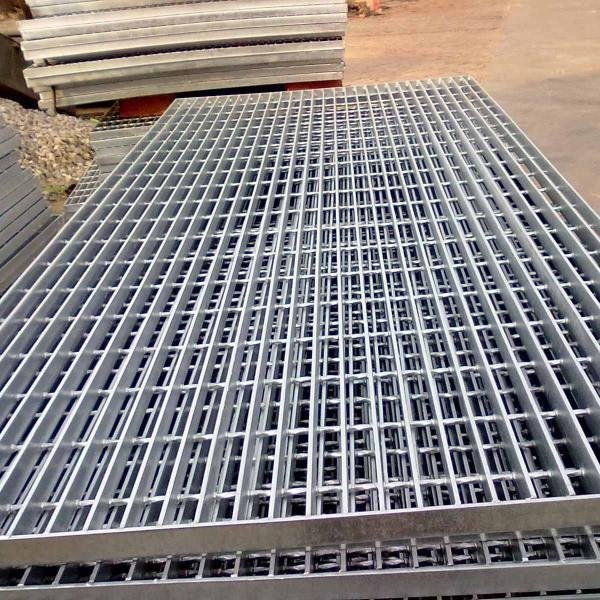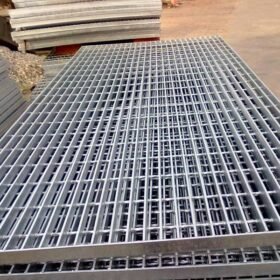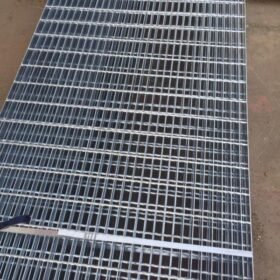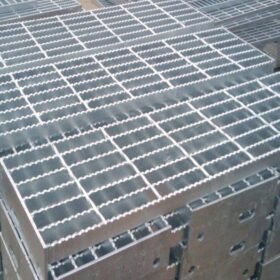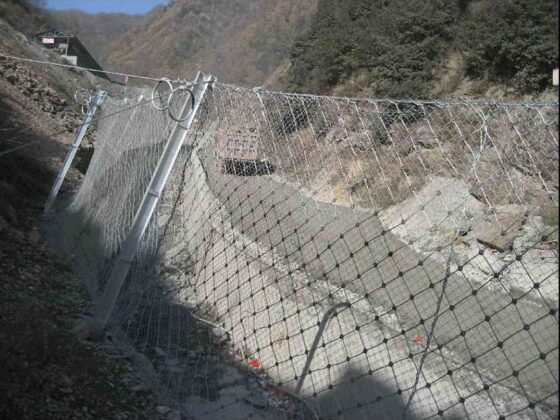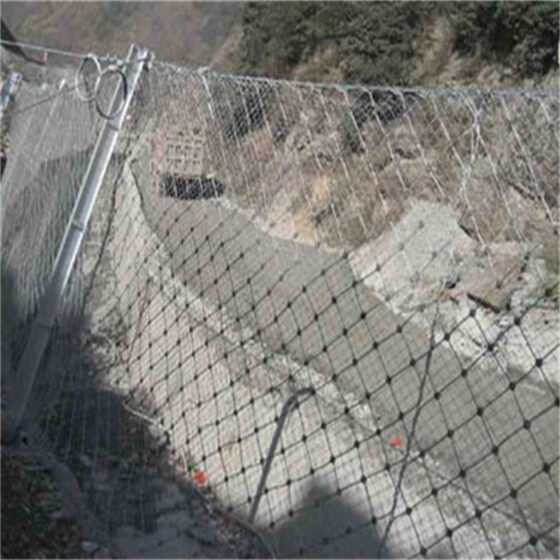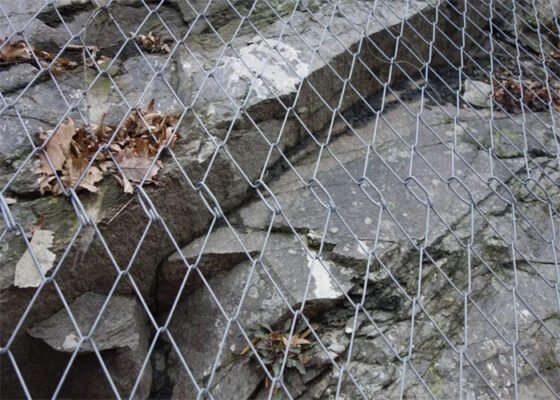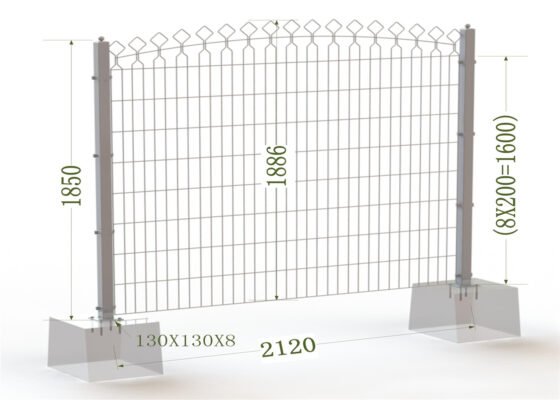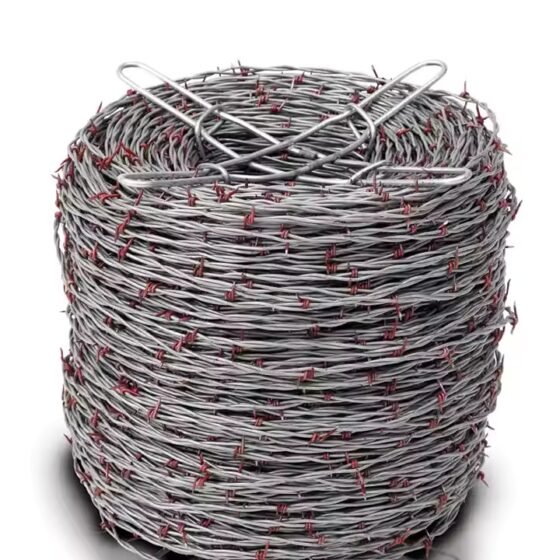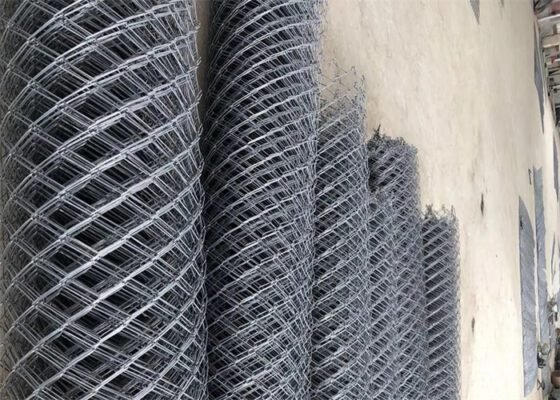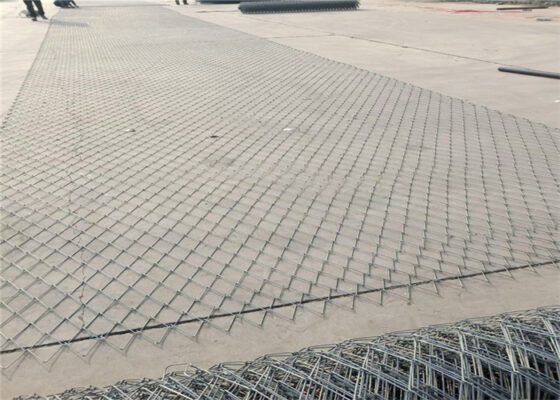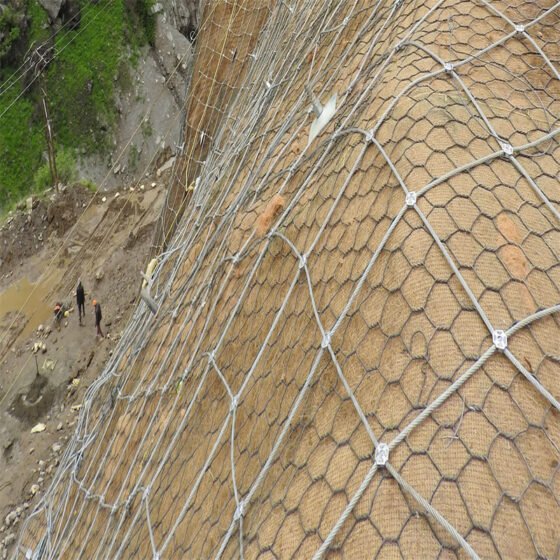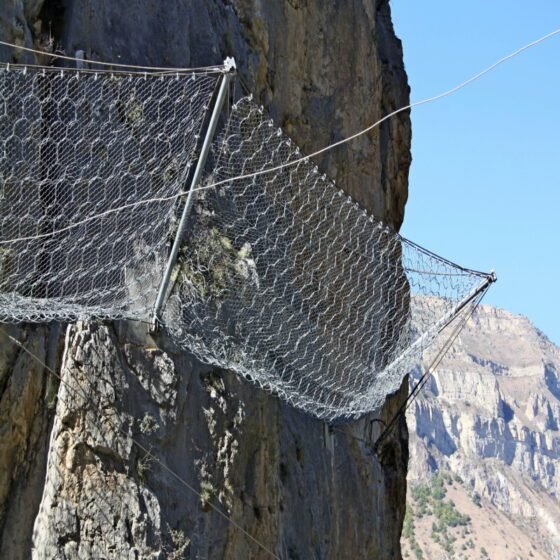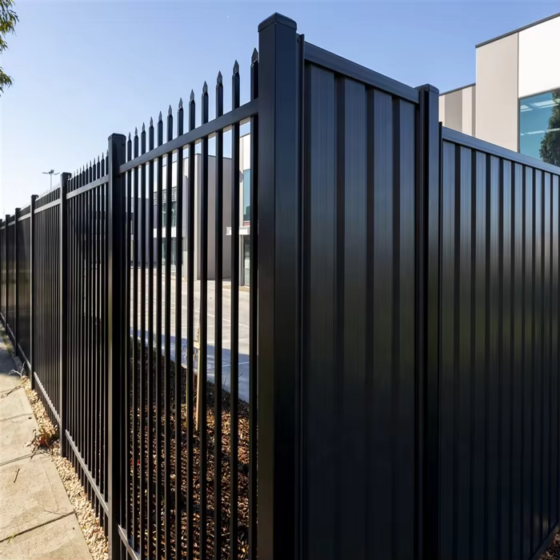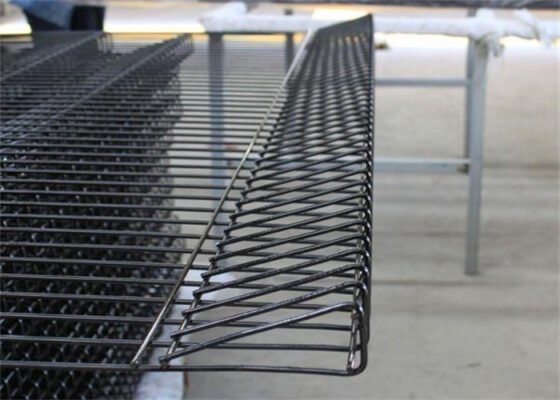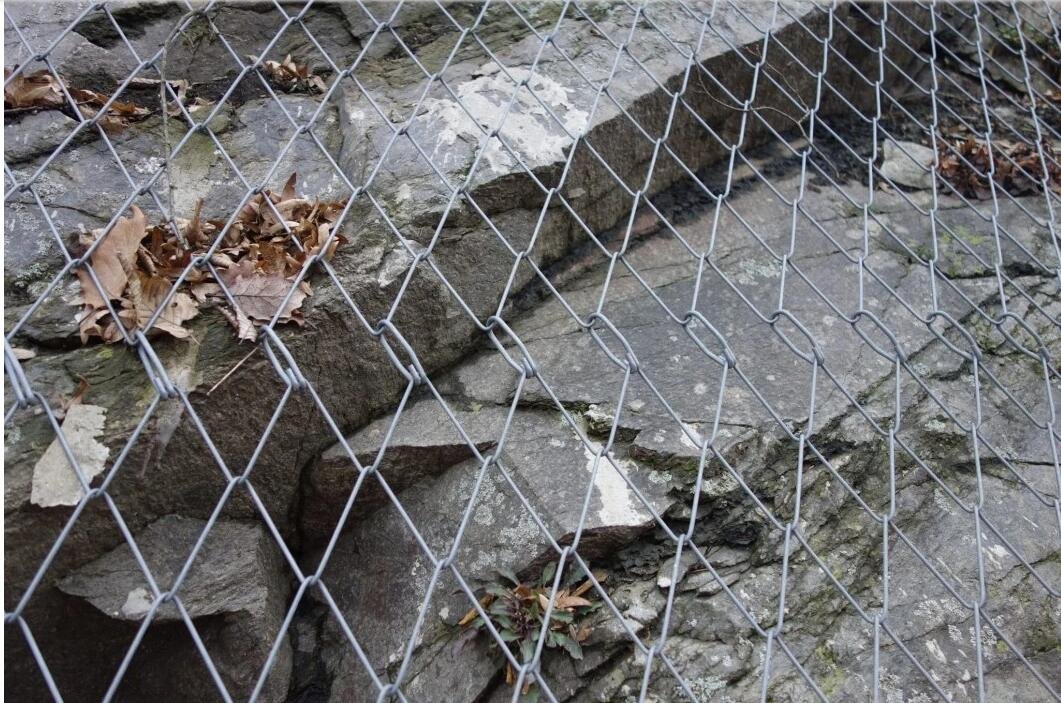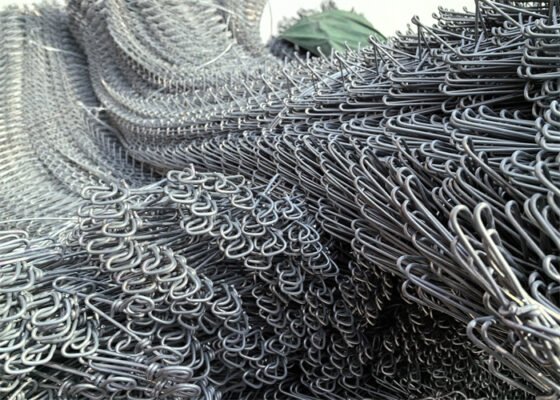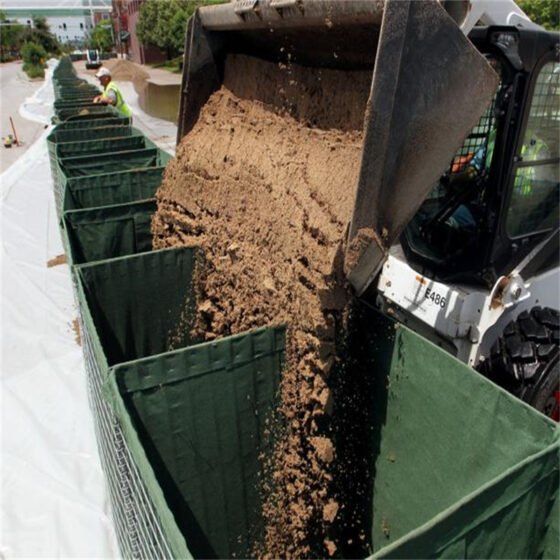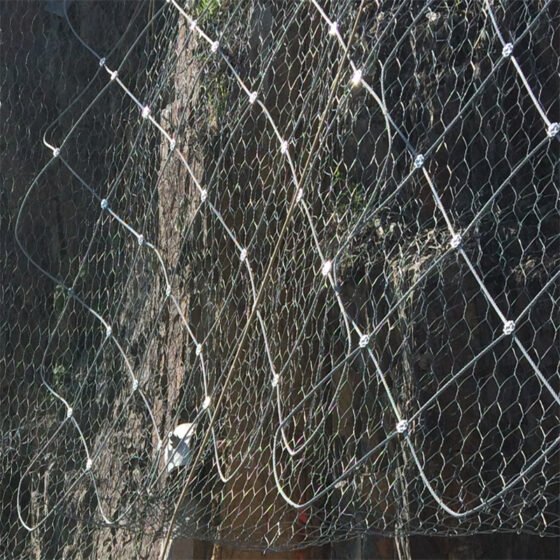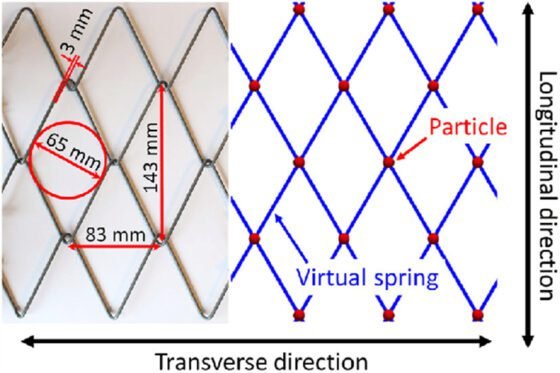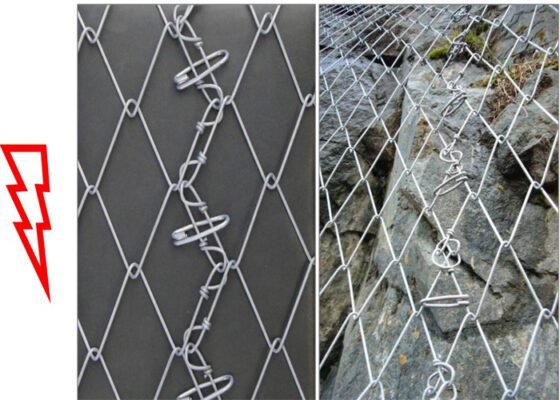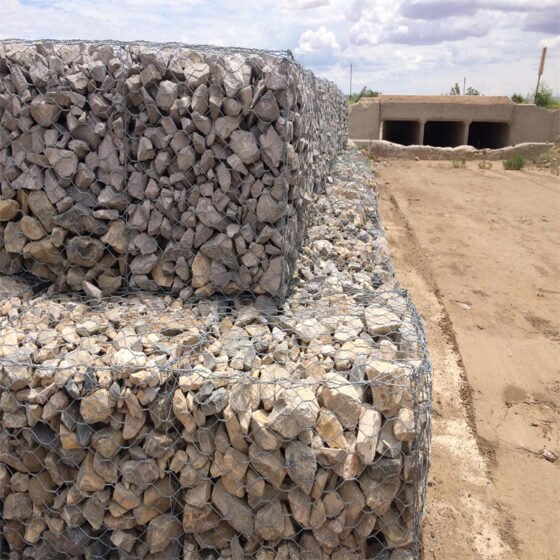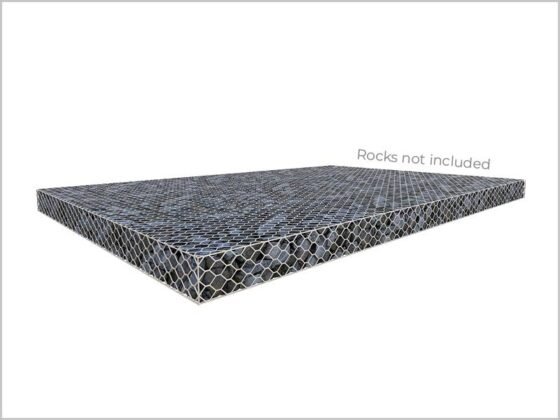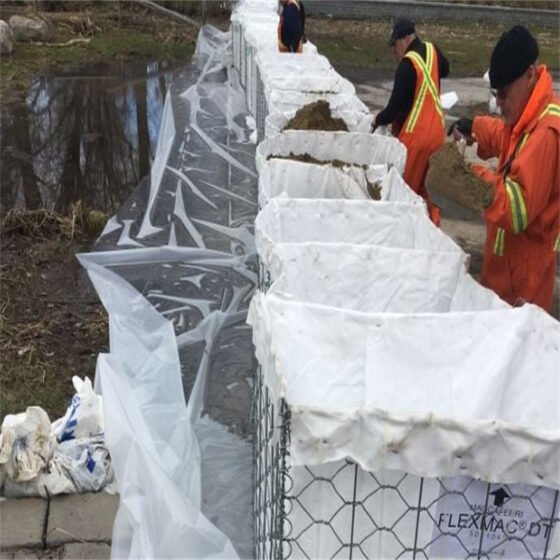Steel grating is a versatile and durable material widely used in a variety of industrial, commercial, and infrastructural applications. Made from steel bars arranged in a grid-like pattern, steel grating provides strong, reliable flooring, walkways, and platforms. It is an essential product in environments that require high load-bearing capacity and resistance to corrosion. grating is especially crucial for areas that face high traffic or need to meet specific safety standards, such as fire truck platforms, industrial walkways, and platforms in oil refineries, chemical plants, and steel mills.
This article will explore the different types of grating, their specifications, and the various industries that benefit from their use. We’ll also provide a comprehensive specifications table to guide you in selecting the right type of grating for your specific needs.

What is Steel Grating?
Steel grating consists of a series of parallel bars welded together, forming a grid-like structure. The bars can be flat, serrated (to provide anti-slip properties), or I-bar, depending on the desired strength and application. Steel grating is commonly used for flooring, platforms, stair treads, and walkways, especially in environments that require ventilation, drainage, or the ability to withstand heavy loads. It is used extensively in construction, transportation, and manufacturing industries.
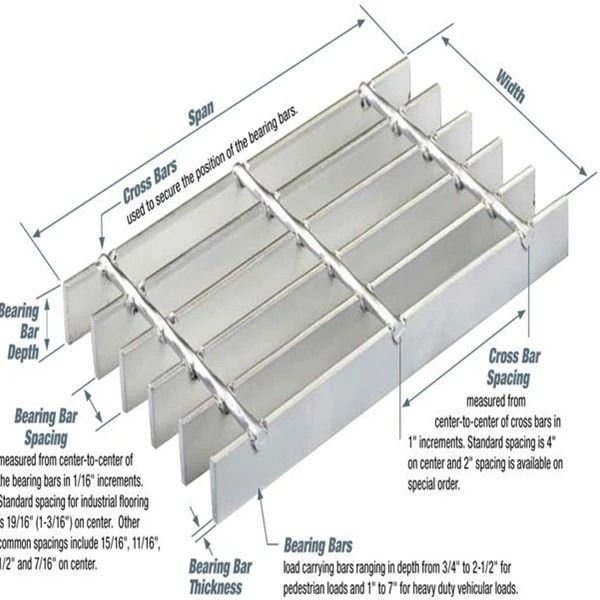
Applications
Steel grating is highly versatile and used in various sectors, including:
- Industrial Flooring: Provides a durable, slip-resistant surface for factories, warehouses, and plants.
- Walkways and Platforms: Used in high-traffic areas to ensure safe passage.
- Fire Truck Platforms: Offers strong, reliable support for emergency vehicle access.
- Drainage Systems: The open structure allows for quick drainage, making it ideal for areas prone to water accumulation.
- Steel Structures: Used in buildings and other infrastructures requiring robust, load-bearing support.
Key Benefits
Steel grating offers numerous advantages, including:
- High Strength-to-Weight Ratio: Steel grating can support heavy loads while maintaining a relatively low weight.
- Durability: It resists corrosion, making it ideal for both indoor and outdoor applications.
- Safety: Serrated and anti-slip options ensure a secure surface, even in wet or oily conditions.
- Cost-Effectiveness: Compared to solid metal flooring or cast iron, grating is more affordable, while still providing superior strength and durability.
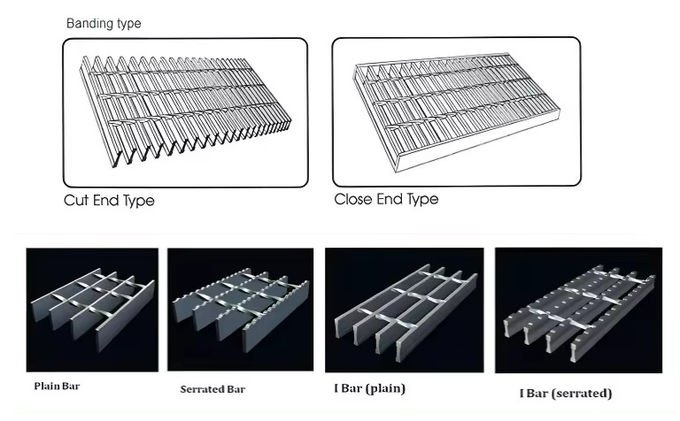
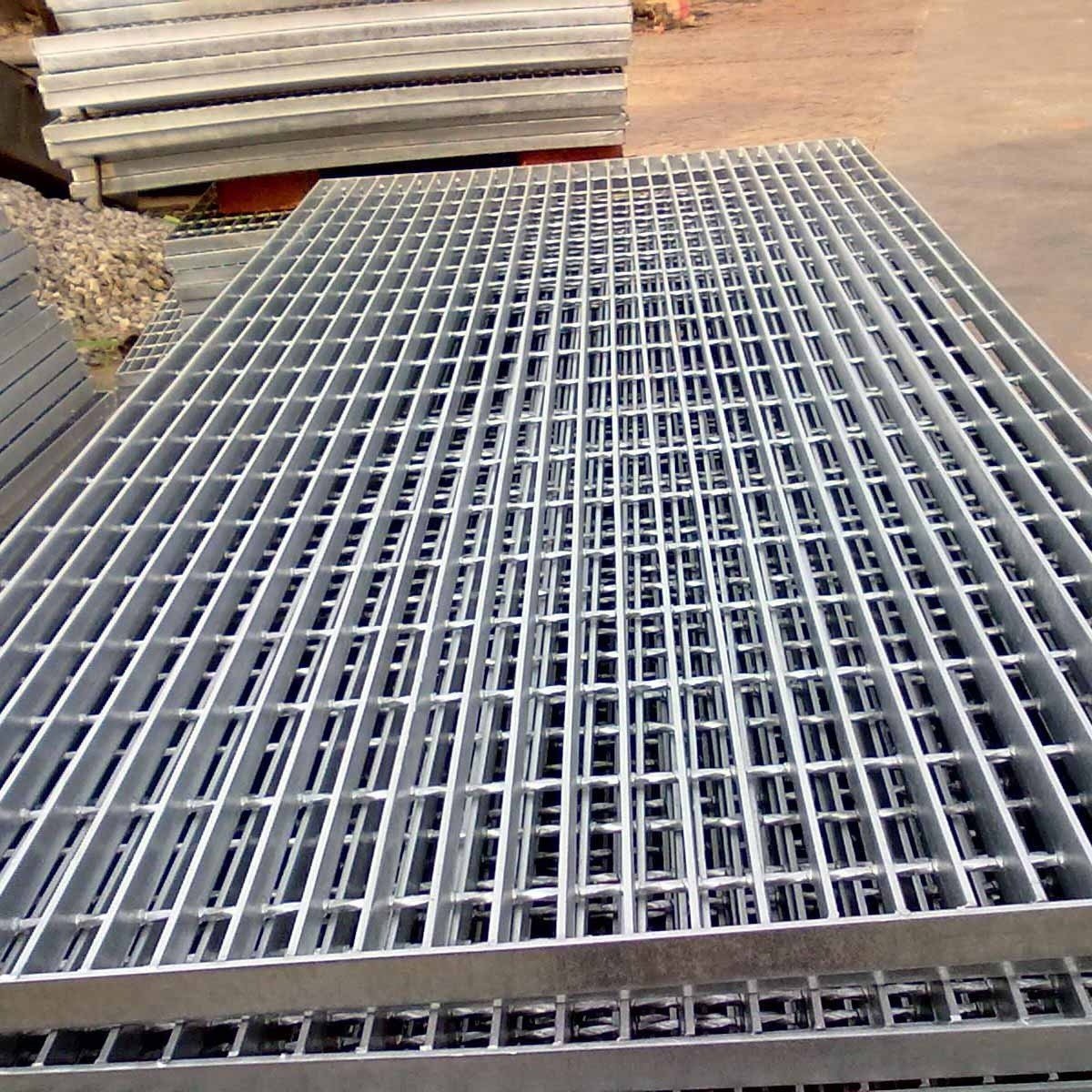
Steel Grating Specifications
Below is a detailed specifications table for steel grating, covering the material options, surface treatment methods, sizes, and other key characteristics.
| Specification | Details |
|---|---|
| Material Options | Low Carbon Steel, Mild Steel, Stainless Steel, Alloy Steel |
| Surface Treatment | Hot-Dip Galvanized, Painted, Black (Self-Color) |
| Bearing Bar Sizes | 25x3mm, 25x4mm, 30x4mm, 40x5mm, 50x5mm, 75x6mm, 100x10mm |
| Cross Bar Pitch | 38.1mm, 40mm, 50mm, 60mm, 100mm |
| Steel Grades | ASTM A36, A1011, A569, Q235, SS304 |
| Grating Style | Plain/Smooth, Serrated, I-Bar, Serrated I-Bar |
| Grating Standards | China: YB/T 4001.1-2007, USA: ANSI/NAAMM (MBG531-88), UK: BS4592-1987, Australia: AS1657-1985 |
| Bearing Bar Pitch | 12.5mm, 15mm, 20mm, 30mm, 40mm, 60mm |
| Grating Thickness | 3mm, 5mm, 6mm, 8mm |
| Panel Size Options | 3′ x 20′, 3′ x 24′, 3′ x 30′, 1000mm x 1000mm, 1000mm x 5800mm, 1000mm x 6000mm |
| Cross Bar Material | Twisted Bar, Round Bar, Flat Bar |
| Load-Bearing Capacity | Varies based on design; typically can support up to 500 kg/m² |
| Standard Compliance | ASTM, DIN, EN, and other regional standards as applicable |
How to Choose the Right Steel Grating
Choosing the right steel grating depends on several factors, including load-bearing requirements, environmental conditions, and the type of application. The key considerations when selecting steel grating include:
- Material Choice: Steel grating can be made from mild steel, carbon steel, or stainless steel. Mild steel is ideal for most indoor applications, while stainless steel is best for corrosive environments like chemical plants or offshore facilities.
- Surface Treatment: Hot-dip galvanization is commonly used for outdoor applications as it protects against rust and corrosion. If aesthetics are a concern, painted or black self-color finishes are available.
- Bearing Bar Size and Cross Bar Pitch: The size of the bearing bars and the pitch between them determine the grating’s load-bearing capacity. Choose thicker bars for higher load applications, and smaller pitches for better stability.
- Grating Style: For high-traffic areas or locations requiring additional grip, serrated steel grating is a good choice. Plain grating offers a more economical solution for light-duty applications.
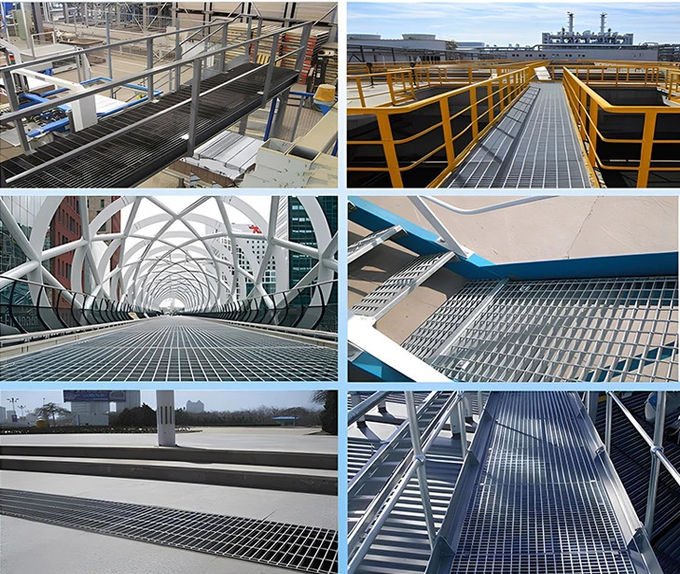
Conclusion
Steel grating is a reliable and durable solution for a wide range of applications, from fire truck platforms to industrial walkways. With its strength, safety features, and cost-effectiveness, it is a preferred choice for both commercial and industrial environments. By understanding the key specifications and factors involved in selecting the right grating, you can ensure that you choose the best product for your project needs.Whether you are looking for grating for flooring, drainage, or heavy-duty platforms, this guide should help you make an informed decision. With the right specifications and materials, grating can provide a long-lasting and robust solution that will serve your needs for years to come.
 BMP Slope Protection
BMP Slope Protection
